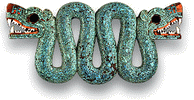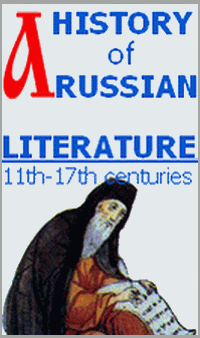Teotihuacan-style mural paintings found in Queretaro
Category: News reportsINAH, june 14, 2009. The 4 Teotihuacan-style polychrome fragments of mural paintings located recently at El Rosario, Queretaro, the only found until now at Bajio region of that culture, are now under custody of the National Institute of Anthropology and History (INAH).
Paintings were found at a Prehispanic building portico in an area considered ceremonial. They have been dated in the Classic period, (200-650 AD) and are protected by an interdisciplinary team of specialists to avoid their collapse, given the geological conditions of the area. Geology and geotechnics studies have been conducted as part of the El Rosario Archaeological Project, in charge of Juan Carlos Saint-Charles Zetina, Carlos Viramontes Anzures and Fiorella Fenoglio Limon, to determine the origin of regional subsidence; National Autonomous University of Mexico (UNAM) Center of Geo Sciences supports the project.
Due to the relevance of the discovery and vulnerability of the structure where murals were painted, Queretaro INAH Center negotiates resources to conduct cleaning and transporting of the paintings to Queretaro Regional Museum to be studied and conserved by specialists. Archaeologist Juan Carlos Saint-Charles Zetina commented that during the last explorations, a portico with paintings was located, as well as textile fragments, wood logs, charcoal, obsidian knifes and Teotihuacan ceramic fragments.
Four constructive stages have been identified, being 3 of them from the Classic period (250-650 AD) and one from Epi Classic (650-900 AD). “The constructive system, painting techniques and some iconographic motives confirm the site was founded by Teotihuacan groups” commented the archaeologist. Specialist Fiorella Fenoglio explained that murals were created with 2 different techniques, some were painted on clay with a light lime layer, while the others were painted directly on the clay flattening.
The conservation state of the paintings is good, and iconographic motives are very similar to Teotihuacan’s. “Curved obsidian knives, bleeding hearts, a character surrounded by volutes that represent words, a brazier and a headdress” have been identified. Main colors used are black, red, yellow and greenish blue, commented archaeologist Fenoglio.
A feature of these paintings is that they are incomplete: there was a Teotihuacan custom of cutting or tearing down walls to build a new construction over it; this was accompanied by rites to close the former edification.
Recovering the paintings will be conducted by restorers specialized in Prehispanic murals Rogelio Rivero Chong and Diana Molatore Salviejo, who developed a 2-stages recovery program: the first one is cleaning the mural in situ, and the second one consists in intervening them at the Queretaro Regional Museum.
El Rosario Archaeological Site is located in San Juan del Rio municipality, and was registered in 1958 by archaeologist Roberto Gallegos. In 1975 archaeologist Enrique Nalda conducted research there, as well as in the late 1990’s decade, to conform the INAH National Archaeological Atlas.
Source: INAH.


